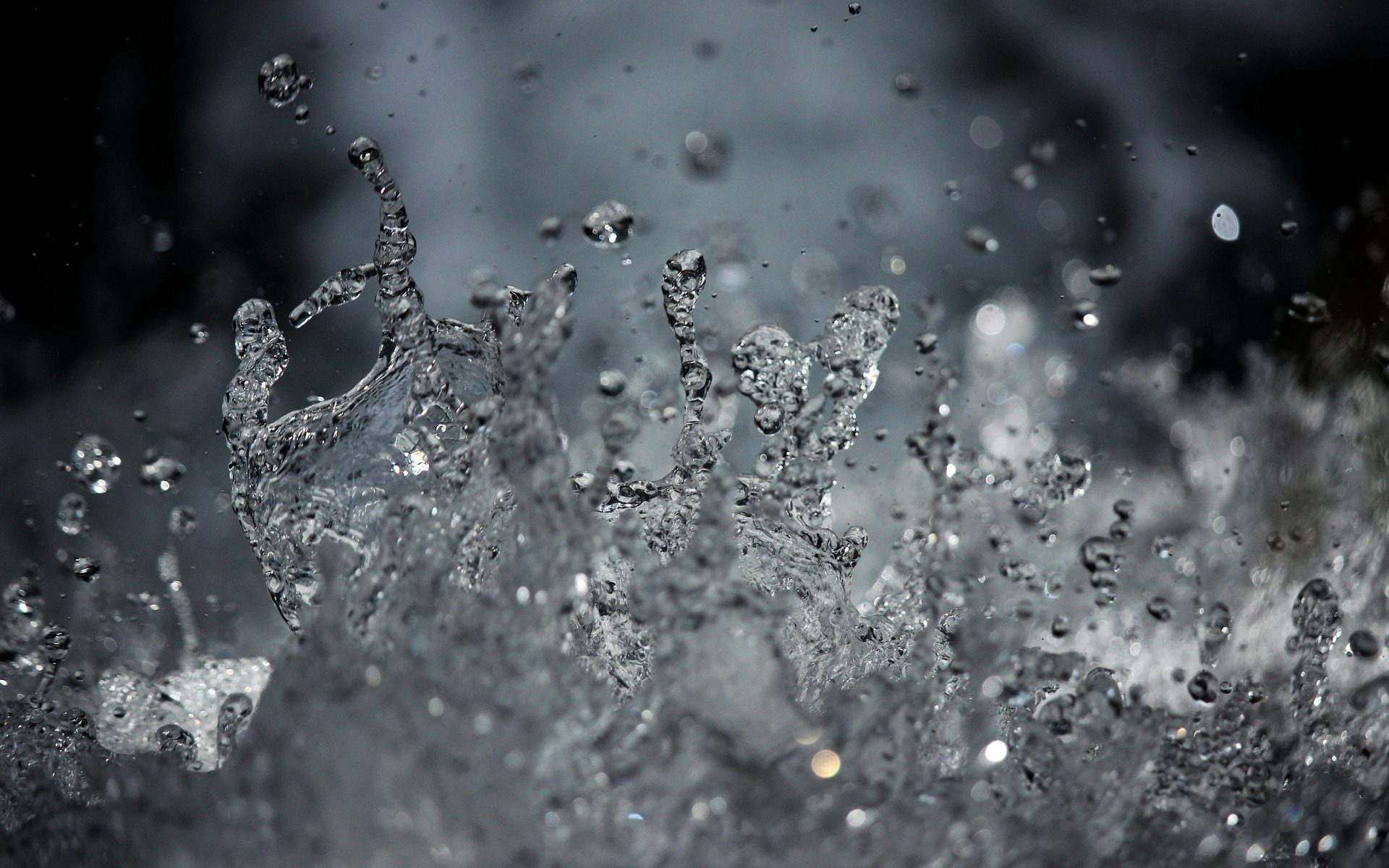By Peter Gleick, President
The California drought continues.
While we do not know yet what the rest of the wet season will bring – and while we hope for the major storms needed to recharge our rivers, groundwater and reservoirs – it seems increasingly likely that California will not see enough precipitation to get out of the very deep deficit that three years of drought (so far) have produced.
There is, however, some misleading and confusing information out there. Some are already arguing that California’s rainfall is nearly back to normal or that because there may have been more serious droughts in the past we needn’t worry anymore. Most of these claims are based on misunderstandings of California’s hydrology, water systems, or current conditions, and on very narrow definitions of “drought.”
First, to understand the data, it is vital to realize that California’s “water year” runs from October 1 to September 30. This is not the “calendar year” (January to December). This distinction is important, because mixing data from different water years produces inaccurate analyses.
Here is a great example. If we look at the 2014 “calendar” year, it appears that California received a decent amount of water (Figure 1) – still dry, but not abnormally so.

But this is grossly distorted by the heavy rains received in December 2014 – which is actually part of the 2015 water year. If we look at the 2014 water year (October 2013 to September 2014) we can see that last year was critically dry (Figure 2): in fact, only two previous years out of the past 120 were drier (1923-24 and 1976-77).

Even more appropriate is to look at the past three years of persistent, cumulative drought. And when the last three water years are evaluated (October 1, 2011 to September 30, 2014), we see that the current drought (measured only by precipitation levels) is by far the most severe in the entire instrumental record (Figure 3).

Second, it is important to understand that “drought” means – from a practical perspective – far more than just “precipitation deficit.” California’s drought is the result of several factors: how much precipitation we receive in rain and snow; how much water is available after taking into account reservoir storage, soil moisture, and groundwater; additional losses of water due to higher than normal temperatures (the past three years have been by far the hottest in California’s record); and the human demand for water. If all of these factors are included, the current drought in California can be considered the worst in recorded history.
And it isn’t over yet.
The current status of the drought – some key indicators.
As noted above, the rains received in December are counted as part of the 2015 “water year” – October 1, 2014 to September 30, 2015. Yet even these rains were not especially heavy. When we put all the data together (and a regular update of these data can be found at the Pacific Institute’s California Drought Update page), here is what we see:
Soil Moisture: One key indicator of the severity of the current drought is a standard measure of soil moisture conditions, called the Palmer Drought Severity Index (PDSI). This index is used to prepare the drought maps published at the US Drought Monitor. As the most recent version shows, the entire state of California is still in severe drought, despite the December rains (Figure 4).

Precipitation: And what did those rains actually do? Not much. As Figures 5 and 6 show, precipitation to date for Northern California is barely at average; and for Southern California it is already below average. Not a great start.


Figure 6: Precipitation to date for Southern/Central California is already far below average for this date. (Source: DWR)Reservoir Storage: Even worse, we are starting the water year with critically dry reservoirs. Figure 7 shows the current status of California’s major reservoirs, all of which are remain well below normal even with the storms last month.

Snowpack: Finally, one of the most important measures is how much snow is stored in the mountains. This snow provides water that is used throughout the rest of the year. And as Figure 8 shows, three and a half months into the 2015 water year, California’s snowpack is far below normal. This is very bad.

California will not dry up and blow away: drought means less water than normal, not zero water. But if the drought continues, increasingly difficult and costly decisions will have to be made, and the ecological, economic, and human impacts will grow. But this is no time to be a Pollyanna – we had better continue to prepare for the worst, since there is no indication that nature will bail us out in the near future.


